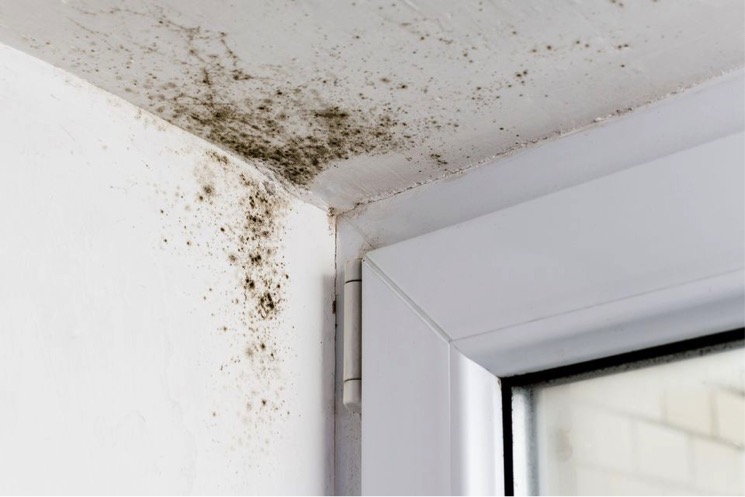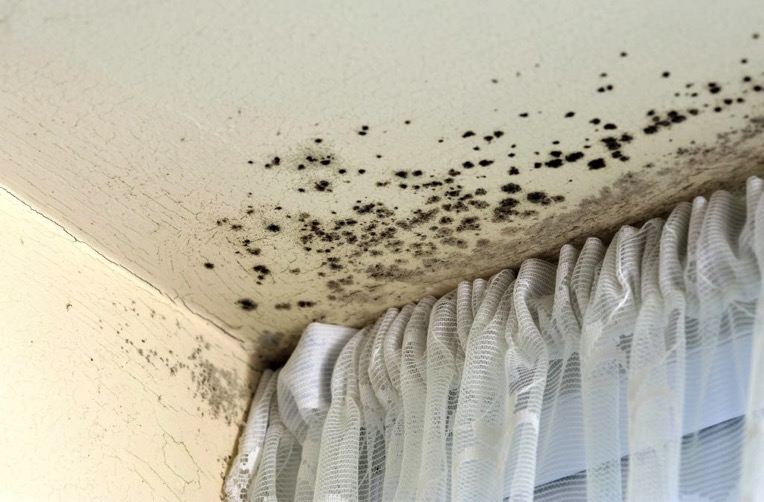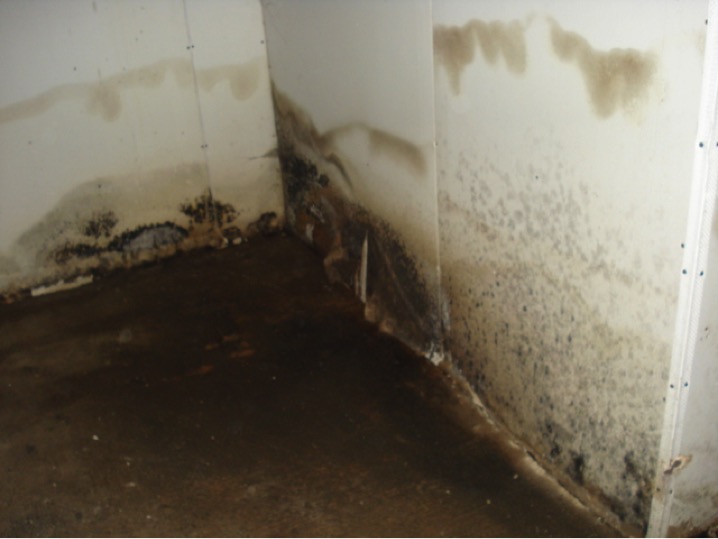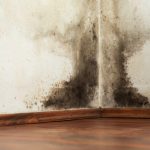
A mold inspection is one of the best things you can do as long as you are living in a place, whether through a rental basis or just your own home. Mold is a serious problem when it begins to rise and form colonies in sections of your house, and can lead to serious problems down the line.
However, a mold inspection is not the easiest process to know if you have never done it before. In this case, it is always best to call in professional such as AWM Environmental who provides services like mold inspection Texas, Florida, New York, and in other major US state which are quite many, so you will find a company that offers you the best bargain for your buck.
You might wonder what exactly happens when you call in these professional teams though. If it is your first time, you might not even know where to start. If you are in this situation, you do not need to worry anymore — this article will hopefully answer your questions and give you pointers on what to expect:
What Happens In Mold Inspection Procedures?

The definition of mold inspection is quite simple — it simply refers to the visual inspection of houses or buildings. There are special forms of equipment that you will need other than a strong flashlight and sometimes you will need certain tools to access areas that are not as accessible — such as removing grates in order to check HVAC ducts.
In addition to these, some inspectors might use cameras to spot mold colonies or growth, especially if they are not as visible. Moreover, using a moisture meter can be useful when you want to determine the humidity or moisture levels of certain areas, particularly after the remediation process is done.
The usual method of mold inspection will involve the inspectors talking to you, the property owner, about any areas that they have noted the presence of mold. They will also tell you about any water damaged areas or where there are moisture issues. This will involve the inspection team going over your home thoroughly, especially in any areas that are particularly vulnerable to mold issues.
Moreover, if the mold is growing in areas that are inaccessible, the inspection team might need to damage sections of your drywall, or they might remove paneling, in order to get a better view of what is happening. If they detect presence of the mold, they will then attempt to find the moisture source, and then discuss with you to find the best remediation plan.
Note that some municipalities will require all mold inspectors working in their areas to have valid certification or a license, which will protect you from unscrupulous dealers. Make sure to always check for contractors who have extensive experience in mold remediation and inspection.
It is also important to note that certain experts and even the EPA (Environmental Protection Agency) will recommend that mold inspections are unnecessary once you can locate areas that have mold issues, and you can move immediately to remediation steps. The process of remediation will, in general, involve the mold remediation Denver inspectors to determine the severity of the problems, which is also a mold inspection.
What Will Determine The Cost Of A Mold Inspection?

You have two factors that will determine the final price of the inspection process. They are whether or not the mold inspectors need to destroy or remove sections of the house to complete the inspection and also the size of the house that is under inspection.
If you are dealing with a large home that has a lot of square space, it will definitely cost more, because the inspection will take longer than usual. In addition to that, the ‘invasive’ types of inspection that involve removing sections of the walls will also cost more because of the extra work and time.
The overall cost of mold inspections will also change according to the state or region you live in, although this difference is not big. In fact, there are greater differences among contractors that operate in the same region or state, than there are among contractors operating in different regions.
As a general guideline though, the mold inspection process will have about the same cost as a regular inspection of a home (which is usually done before you move into a home). It is also important to remember that the costs are only for inspection, and will not necessarily include testing. Testing itself is not necessary in call cases once inspection is done, and skipping it can save you some extra money (which you can then use in remediation).
Additionally, certain contractors that specialize their work in mold remediation can choose to do inspections for free, although they will expect you to hire them for remediation.
What To Look At When Looking For A Mold Inspection Team?

It is always important to get contractors that have specific expertise and experience in mold remediation and inspection. You can find out about their experience in several ways — one is to call around your area (if you know any previous clients) and get some estimates from them, while you can also ask the inspection company directly whether they have done mold remediation in the previous 6 months.
The price ranges might vary widely as we have noted before, so it is great to get a few price ranges and estimations from different service providers.
It is also important to check your labor or state health department to see if the mold inspectors in your area need to have special certification or licenses. If they do, then you will need to ensure you work with contractors that have proper certification.
Final Thoughts
Mold is a very significant problem that you need to deal with as soon as possible, especially because you do not want it to get out of control. This eventually makes the mold inspection well worth the money, whether you are purchasing a new home or checking on the state of your current house. The mold testing process, though, is not worthwhile in many instances, so you can afford to skip it.








Nice article! I came across something that I never knew!
Pingback: Five Signs That You Need A Dehumidifier In Your Bathroom | My Beautiful Adventures